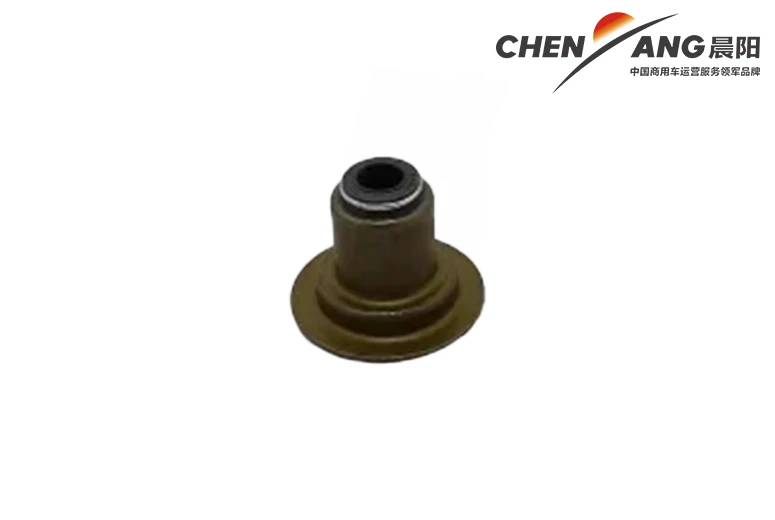engine cooling
Understanding Engine Cooling Essential for Optimal Performance
The engine is the heart of any vehicle, and its performance is directly linked to how effectively it is cooled. Engine cooling is a critical aspect of vehicle operation, ensuring that the engine maintains optimal temperatures during its operation. Overheating can lead to severe engine damage and decreased efficiency, making it vital to understand the principles behind engine cooling systems.
The Basics of Engine Cooling
At its core, an engine generates heat as a byproduct of combustion. As fuel burns in the engine's cylinders, it produces power while simultaneously raising the temperature of internal components. If left unchecked, this heat can lead to catastrophic failures, such as warped cylinder heads, damaged gaskets, or even complete engine seizure. Therefore, an effective engine cooling system is vital to maintain performance, longevity, and the safety of the vehicle.
The primary methods for cooling an engine are through air and liquid cooling systems. Air cooling systems rely on airflow to dissipate heat, commonly found in smaller engines, such as those used in motorcycles or some compact cars. Liquid cooling systems, on the other hand, are more prevalent in modern vehicles, utilizing a coolant, typically a mixture of water and antifreeze, to absorb and dissipate heat.
How Liquid Cooling Works
In a liquid cooling system, the process begins with the coolant circulating through the engine block where it absorbs heat. This heated coolant is then pumped to the radiator, where it passes through thin tubes. As air flows over the radiator's surface, the heat from the coolant dissipates into the atmosphere. The now-cooled coolant returns to the engine to repeat the cycle.
In addition to the radiator, several components play crucial roles in maintaining an efficient cooling system
1. Water Pump The water pump circulates coolant throughout the engine and the radiator. It is typically driven by a belt linked to the engine, ensuring that the coolant flow matches the engine's demand for cooling.
engine cooling

2. Thermostat The thermostat regulates the flow of coolant based on the engine temperature. It remains closed during initial startup to allow the engine to reach its optimal operating temperature quickly. Once the desired temperature is achieved, it opens, allowing coolant to flow to the radiator.
3. Cooling Fans When the vehicle is stationary or moving slowly, there may not be enough airflow to cool the radiator efficiently. Cooling fans, either electric or belt-driven, engage to draw air through the radiator and assist in heat dissipation.
4. Expansion Tank The expansion tank serves as an overflow reservoir for coolant. It allows for the expansion of the coolant as it heats up, preventing the system from becoming over-pressurized.
Importance of Regular Maintenance
Maintaining an engine cooling system is essential for ensuring that it operates effectively. Over time, coolant can become contaminated with debris, leading to corrosion and reduced heat transfer efficiency. Regularly checking and replacing the coolant, along with inspecting the hoses and connections for leaks, is vital for the longevity of the cooling system.
Additionally, monitoring the temperature gauge on the dashboard can provide crucial insights into the engine's health. If the gauge indicates that the engine is running hotter than normal, it's essential to investigate immediately. Common issues might include a malfunctioning thermostat, a failed water pump, or a blocked radiator.
Conclusion
In summary, engine cooling is a multifaceted process critical to vehicle performance. Understanding how cooling systems work and the importance of regular maintenance can prevent overheating and ensure the engine operates efficiently. A well-maintained cooling system not only prolongs the life of the engine but also enhances overall vehicle performance and safety. By paying attention to the signs of cooling system issues and adhering to regular maintenance schedules, drivers can enjoy a reliable, trouble-free driving experience.
-
SINOTRUK HOWO 84 Electric Dump Truck for Eco-Friendly Heavy HaulingNewsJul.26,2025
-
The Fast 16-Gear Manual Transmission Assembly for Heavy TrucksNewsJul.25,2025
-
Mercedes Benz Actros 1848 42 Tractor Truck for Sale - Reliable PerformanceNewsJul.24,2025
-
High-Quality Water Pump Assembly for Sinotruk Trucks – Durable & ReliableNewsJul.23,2025
-
Premium Truck Engine Antifreeze Coolant Fluid for Heavy Duty VehiclesNewsJul.22,2025
-
FOTON View G7 Mini Bus: Affordable & Spacious TransportNewsJul.22,2025
Popular products

























